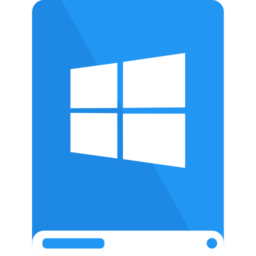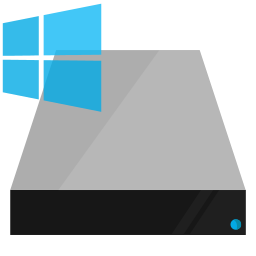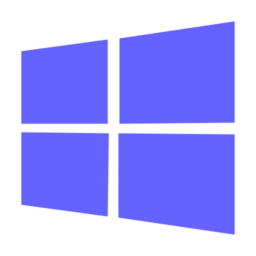-

·
How to Restore Desktop Icons in Windows 10
The tutorial explains how to restore hidden desktop icons and locate the recycle bin in Windows 10. This could occur due to new installations, program additions or inadvertent concealment. To restore, right-click on a blank desktop area and select ‘View’ -> ‘Show desktop icons’. If missing, ensure ‘Recycle Bin’ is checked under ‘Desktop icon settings’.…
-

·
How to Install Ubuntu with WSL on Windows 10
The tutorial guides students and new users on installing Windows Subsystem for Linux (WSL) 2 and Ubuntu on Windows 10. Requirements include Windows 10 May 2019 or later and a Hyper-V Virtualization supported computer. The guide outlines steps to enable WSL in Windows, enable Virtual Machine Platform, and configure WSL 2 as the default. Then,…
-

·
How to change AutoPlay settings in Windows
This tutorial instructs on how to modify AutoPlay settings in Windows 10, allowing customization and increased security. Users can adjust the AutoPlay feature to automatically detect and take actions on inserted discs or media based on predefined settings. Options include disabling AutoPlay completely, preventing automatic execution potentially malicious content from discs and flash drives. Additional…
-

·
How to Boot into Safe Mode with Windows 10
The tutorial provides steps for booting into Windows safe mode to troubleshoot issues. Safe mode starts Windows with reduced drivers and services to identify problem sources. Three types are available: Basic, with Networking, and with Command Prompt, initiated via administrator command prompt. The Boot Menu option configures which mode to boot into and settings are…
-

·
How to Enable Network Discovery and Sharing in Windows
This tutorial guides students and new users on enabling Network Discovery and Sharing on Windows 10, a feature that allows finding and discovering other devices on a network. Steps include accessing network and internet-related settings, changing advanced sharing options, and enabling file and printer sharing. These settings can also be adjusted through certain administrator commands.
-

·
How to change a user’s home folders in Windows
This tutorial guides users and beginners on how to change the home folder location in Windows 10 when the C:\ drive is low on space. It details steps on how to transfer user home folders to a larger drive or partition to resolve storage issues. This action requires navigating through File Explorer, utilizing the ‘Properties’…
-

·
How to set up a proxy in Windows
This tutorial guides on setting up a proxy server in Windows 10, essential for internet access in some environments. The options include using a script address provided by the network administrator or manually setting it up in the browser. The server helps save bandwidth and safeguards computers against cyber threats.
-

·
Enable Enhanced Safe Browsing in Chrome
This tutorial guides users through enhancing privacy and security via Google Chrome’s “Enhanced Safe Browsing.” This inbuilt feature protects users from malicious sites, warns about potential harmful activities, checks for compromised passwords and provides proactive protection against dangerous websites, downloads, and extensions. The process involves accessing “Settings” in the menu, then the “Privacy and Security”…
-

·
How to move the Taskbar to the top in Windows 10
This tutorial guides students and new users to move the Windows 10 taskbar from the default bottom of the screen to the top. The taskbar, used to access frequently used apps and features, is easily moved by unlocking it and dragging it to the desired location, in this case, the top.
-

·
How to see Installed Updates in Windows 10
This tutorial instructs users on how to access and review recent updates installed on their Windows computers. Microsoft releases updates monthly, but their installation times might not be clear. The tutorial outlines steps to view update history, categorized by feature, quality, drivers, definitions, and others, using both Windows settings and Control Panel. Consequentially, users can…
Tag: Windows 10
Windows 10 is a major release of Microsoft’s Windows NT operating system.
